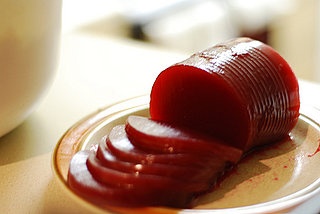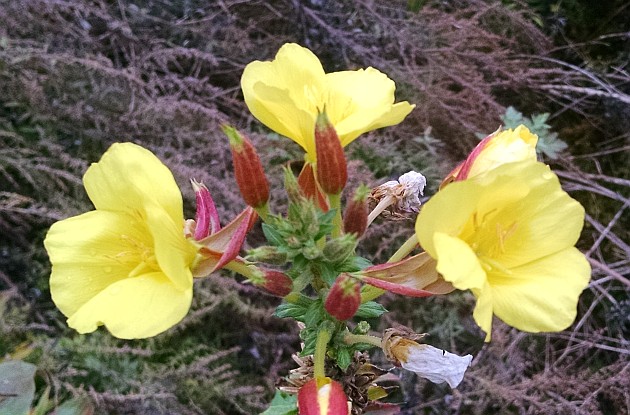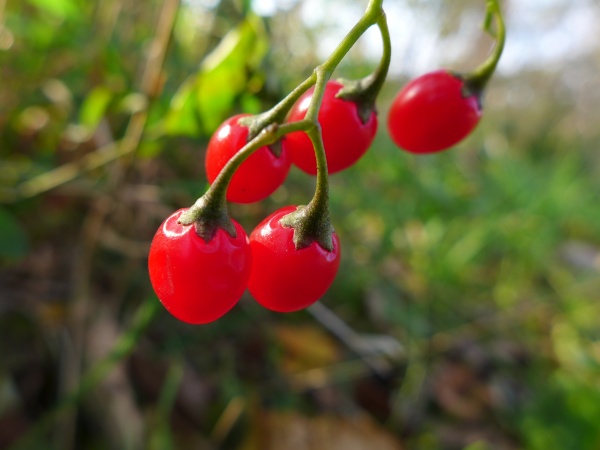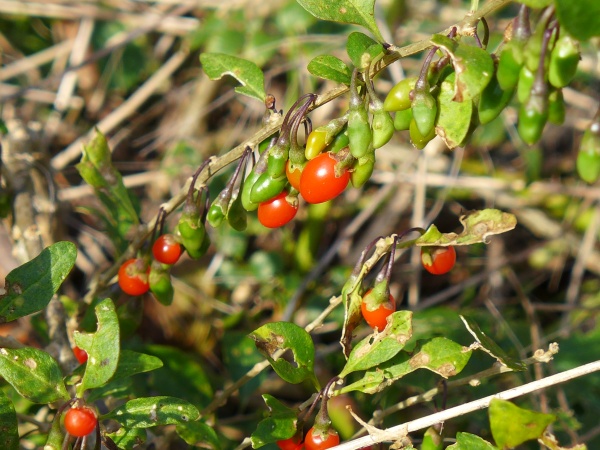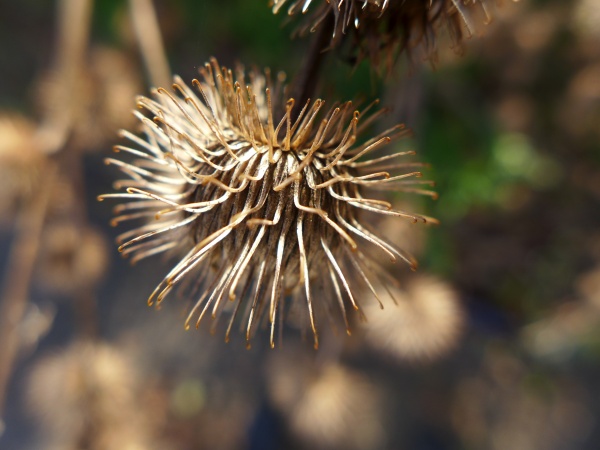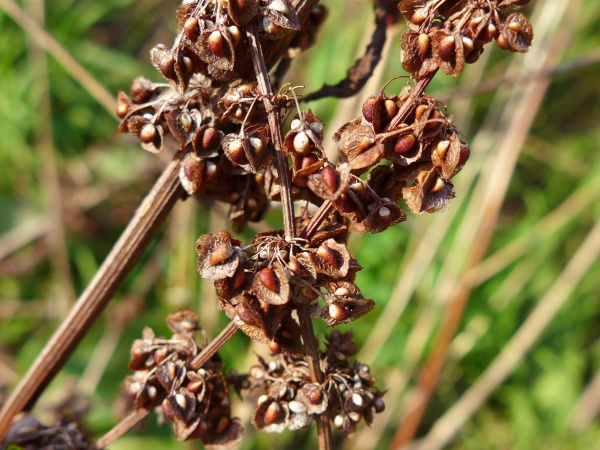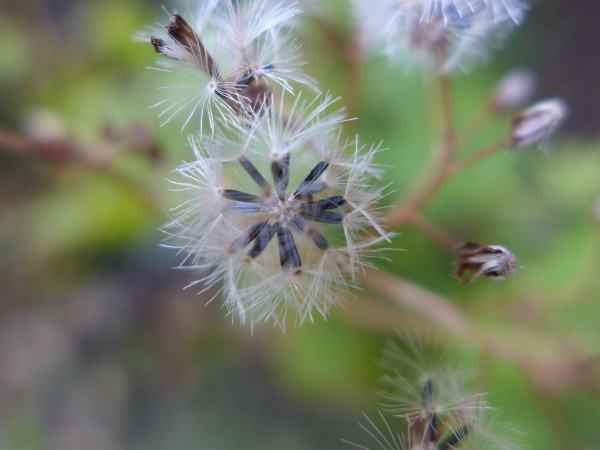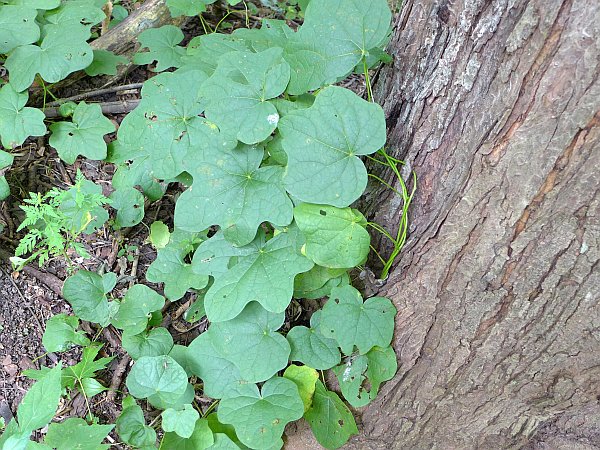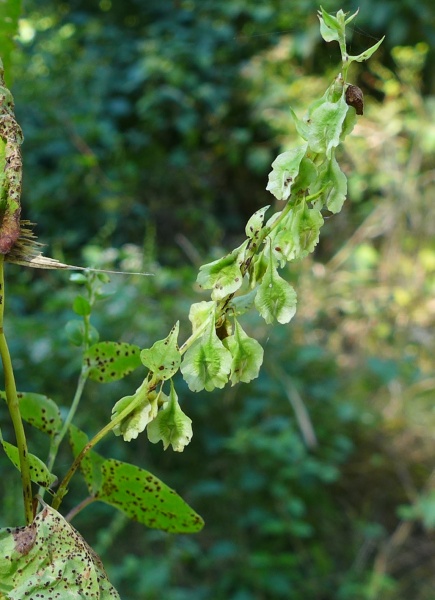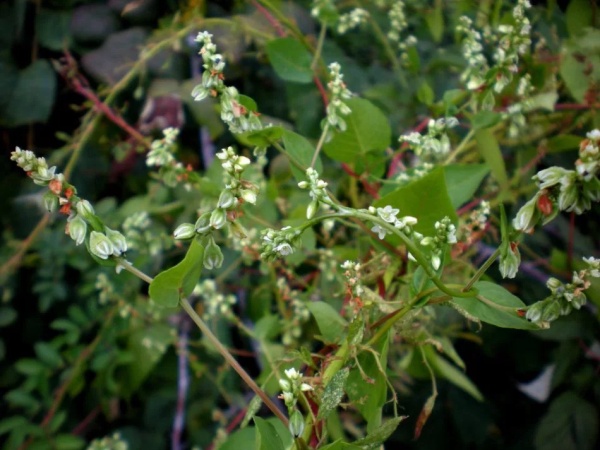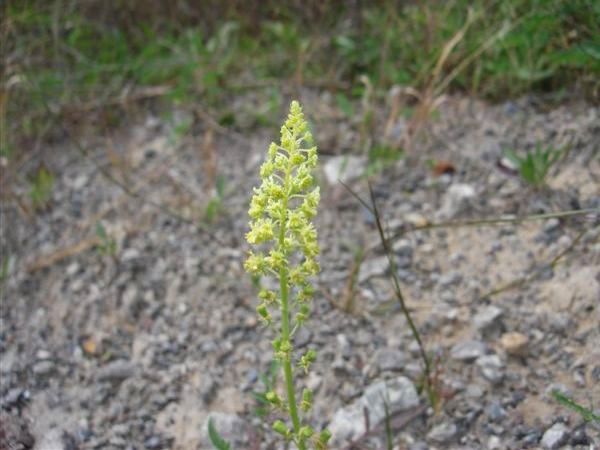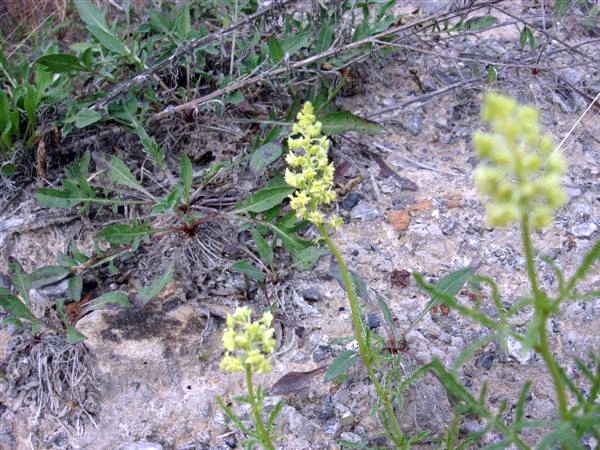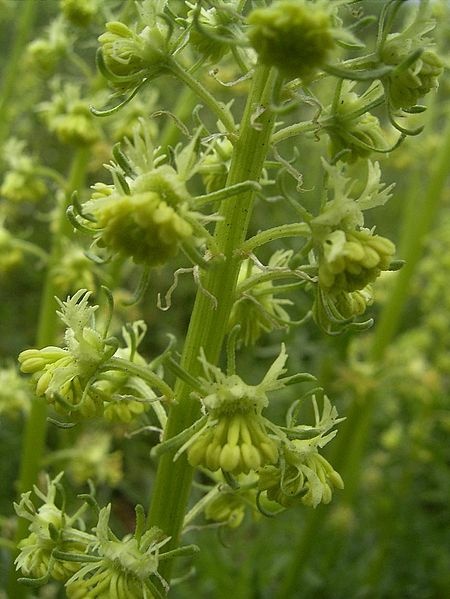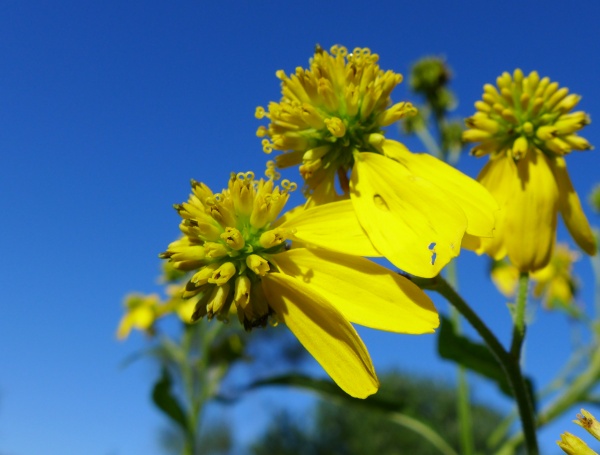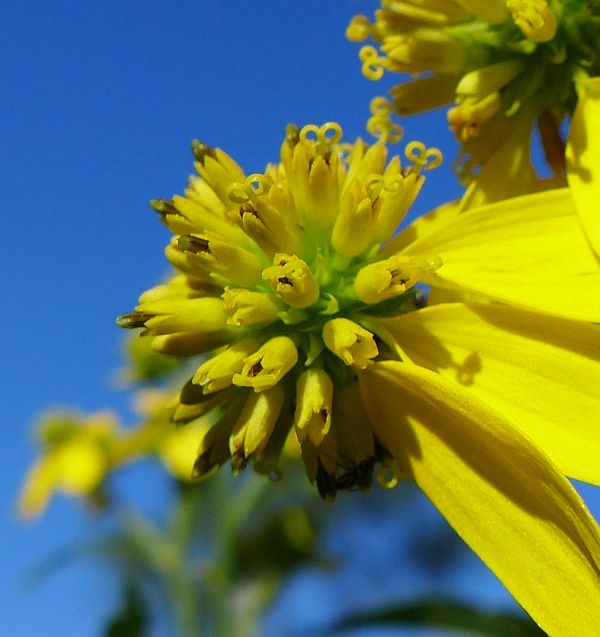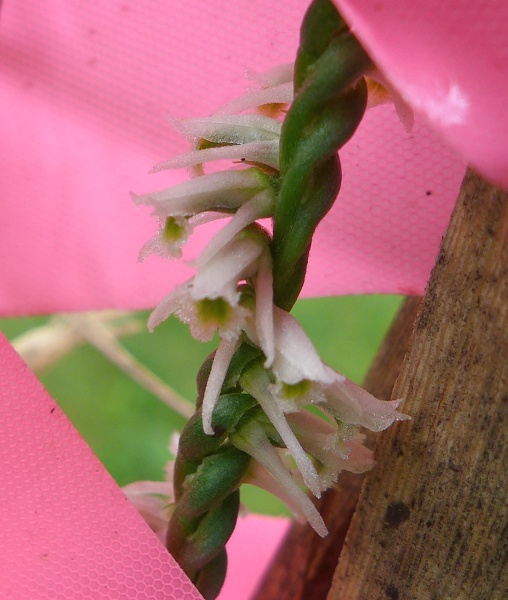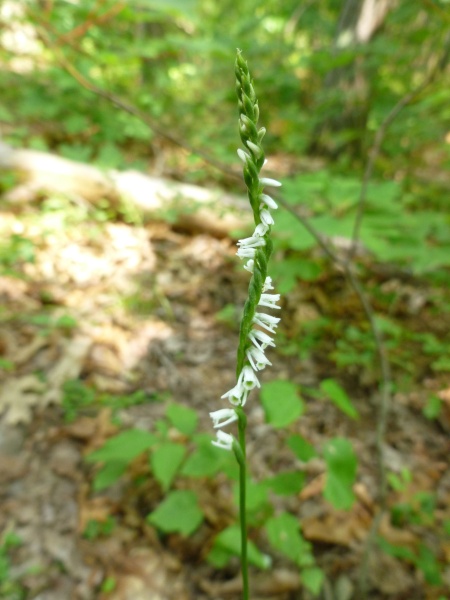
Lichens are interesting shapes if you look closely enough.
Two weeks ago I found these tiny green trumpets in the pine woods at Moraine State Park in Butler County, PA. I don’t know much about lichens but a Google search placed them in the Cladonia genus. The best photo match was the trumpet lichen (Cladonia fimbriata).
Here’s a closer view.

What are the cups for? New Hampshire Garden Solutions explains them for the Cladonia chlorophaea species:
Mealy Pixie Cup (Cladonia chlorophaea) lichen look like little trumpets from the side but from the top they look like tiny cups. The cups are where the spores form and this lichen relies on raindrops falling in them to disperse its spores. This lichen is called “mealy” because of the grainy reproductive structures (soredia) covering its outside surface.
Do you know the name of this lichen?
(photos by Kate St.John)
